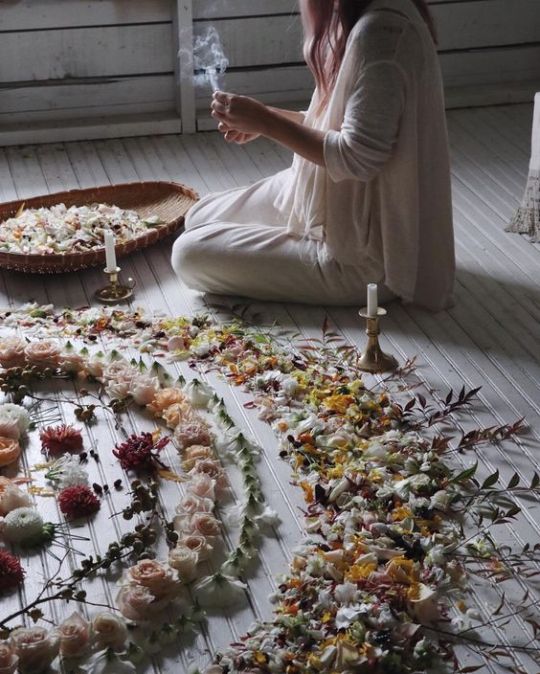Photo

“STREET TRANSVESTITES ACTION REVOLUTIONARIES”
Sylvia Rivera and Marsha P. Johnson New York City December 20, 1970
7K notes
·
View notes
Photo

“Stonewall was a police riot. Queer and trans people say NO NEW JAIL!!”
28 notes
·
View notes
Photo

Obama Designates Stonewall as First National Monument for LGBT Rights
With this weekend marking the one-year anniversary of the Supreme Court’s ruling on legalizing gay marriage, President Obama will designate the Stonewall Inn in New York City as a new National Monument, the first official National Park Service monument dedicated to the plight of LGBT Americans.
The protected area will include Christopher Park across from the Stonewall Inn in Manhattan’s Greenwich Village, which has long served as a landmark for the LGBT community. The inn, a popular gay bar, continues to serve as a gathering place for demonstrations. The Stonewall riots in 1969 marked a major turning point in the fight for gay rights.
(Continue Reading)
68 notes
·
View notes
Photo

lgbt_history: “I don’t know what I am if I’m not a woman.” – Marsha P. Johnson, 1971 . Picture: “S.T.A.R. PEOPLE ARE BEAUTIFUL PEOPLE,” Marsha P. Johnson (August 24, 1945 – July 6, 1992), Albany, New York, March 1971. Photo by Diana Davies, c/o @nyplpicturecollection. [TW] . Marsha P. Johnson, who was born seventy-two years ago today, was one of the founders of the queer liberation movement. She was, among other things, part of the Stonewall Riots, a founding member of the Gay Liberation Front and the Gay Activists Alliance, and a co-founder (with Sylvia Rivera) of the Street Transvestite Action Revolutionaries (S.T.A.R.), the first organization dedicated to assisting homeless drag queens, trans women, and survival (i.e., sex) workers. . While the story of Johnson having thrown “the first” brick at Stonewall oversimplifies the events that triggered the riots (she later told @makinggayhistorypodcast, for example, that she “didn’t get downtown until about two o’clock, because when I got downtown the place was already on fire…The riots had already started”), she was on the front lines of the queer liberation movement from the outset (to be clear: police treatment of drag queens and trans women played a large part in starting the riots, and Johnson was there for much of the most intense fighting). . In the face of constant attempts to exclude trans people from the movement, Johnson remained a symbol of her community’s courage, kindness, and resolve. . Johnson, who relied on survival work for much of her life, struggled with mental health issues, and was prone to bouts of great anger; she was not, however, known to be depressive or suicidal. . On July 6, 1992, days after New York’s Pride, Johnson’s body was pulled from the Hudson River near Christopher Street; she was forty-six. . Despite friends telling police that Johnson had been facing increasing harassment, and that she had been missing for days, her death was ruled a suicide; in 2002, police ruled there was, in fact, not enough information to call the death a suicide, instead classifying it as “undetermined.” . In December 2012, the NYPD officially reopened the case. #Resist #BlackTransLivesMatter #MarshaPJohnson
281 notes
·
View notes
Photo

From inside the squatted social centre Romantica, in Sydney, which was recently evicted and demolished.
14K notes
·
View notes
Photo

Flyer created and distributed by Lesbians Against Police Violence and The Stonewall Coalition in summer 1979 in the aftermath of the White Night Riots; Graphic by Emily Siegel.
7K notes
·
View notes
Photo

AfroPunk 2017
Photographer - @nikxofficial
1K notes
·
View notes
















